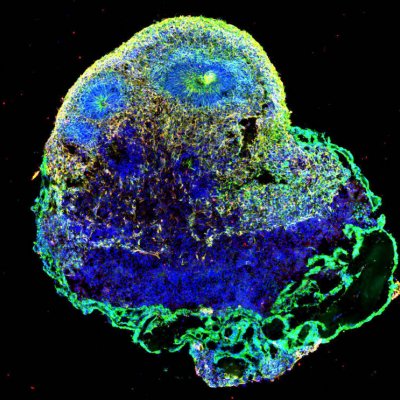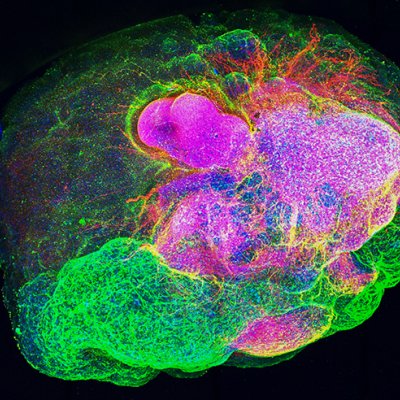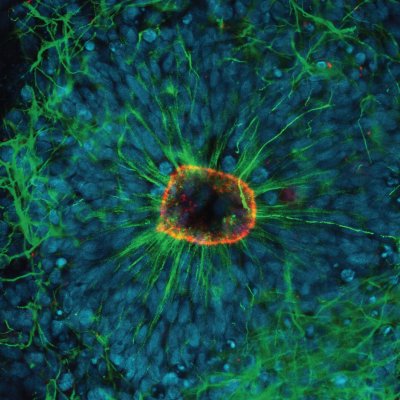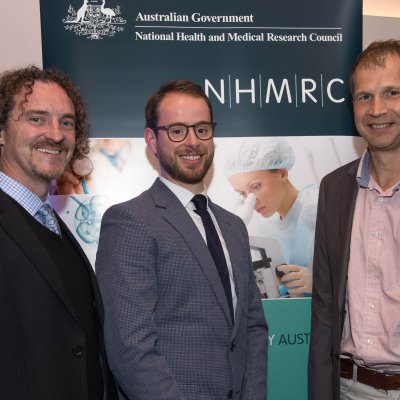University of Queensland researchers have found a way to reverse a cellular process triggered by COVID-19 that contributes to premature ageing of the brain.
22 November 2023Brain tissue grown in a laboratory by University of Queensland researchers will be used to test a treatment for a rare disease in children and help unlock therapies for a range of neurological disorders.
6 April 2023Researchers say a protein usually associated with the immune system could play a role in the development of neurological conditions such as epilepsy and schizophrenia.
19 May 2017The quality of research performed at The University of Queensland was recognised at last night’s (13 July) National Health and Medical Research Council (NHMRC) Research Excellence Awards in Canberra.
14 July 2016Australian researchers have perfected a method of growing mini-kidneys from stem cells for use in drug screening, disease modelling and cell therapy.
14 October 2015



